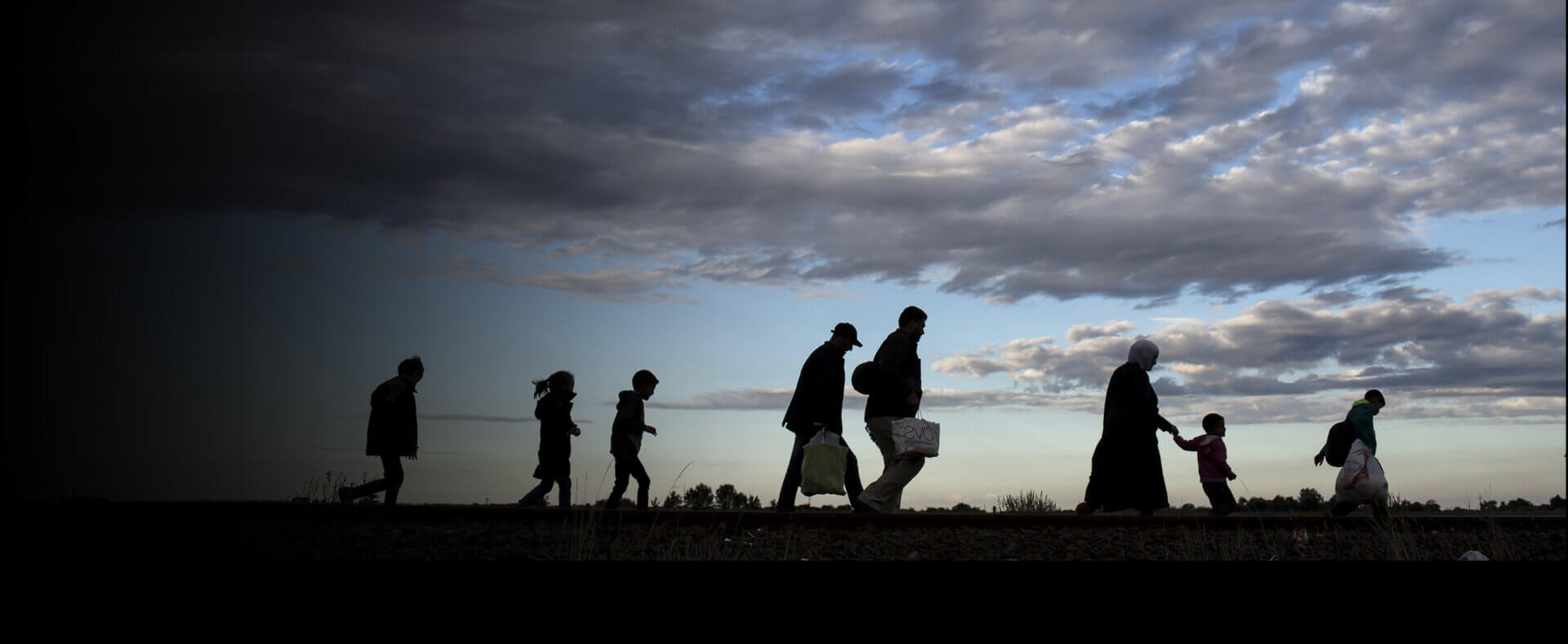With the COVID-19 pandemic bringing all forms of human mobility to a screeching halt, the crisis may have slowed the rise in the number of international migrants by approximately two million people globally by mid-2020, according to a newly released United Nations (UN) report. The projected number is 27% less than the growth expected from July 2019 to June 2020. Here are some other key findings:
- Growth in the number of international migrants has been robust over the last two decades, reaching 281 million people living outside their country of origin in 2020. That number is up from 173 million in 2000, and 221 million in 2010.
- International migrants make up about 3.6% of the world’s population, two-thirds of whom live in just 20 countries. The United States (US) hosted the largest proportion in 2020, with almost 51 million international migrants, which is equal to 18% of the world’s total. It was followed by Germany (16 million), then Saudi Arabia (13 million), Russia (12 million), and the United Kingdom (9 million).
- Of the regions of the world, Europe hosted the highest number of international migrants (87 million). It was followed by North America (59 million) and North Africa and Western Asia (50 million each).
- India topped the list of states with the largest diasporas in 2020, with 18 million persons from India living outside of their country of birth. Other countries with a large transnational community included Mexico and Russia (11 million each), China (10 million), and Syria (8 million).
- Nearly 50% of all international migrants in 2020 resided in the region from which they originated. Europe accounted for the largest share of intra-regional migration, with 70% of migrants born on the continent residing in another European country. The share of intra-regional migration among migrants originating in sub-Saharan Africa was 63%. At the other end of the spectrum, Central and South Asia had the largest share of its diaspora residing outside the region, followed by Latin America and the Caribbean, and North America.
- Nearly two-thirds of all international migrants live in high-income countries, in contrast with just 31% in middle-income countries and around 4% in low-income countries. On the other hand, low- and middle-income countries hosted 80% of the world’s refugees in 2020. Refugees comprise around 3% of all international migrants in high-income countries, compared to 25% in middle-income countries and 50% in low-income countries.
- Refugees accounted for 12% of all international migrants, up from 9.5% in 2000. In the last two decades the number of people fleeing conflict, crisis, violence, and persecution has doubled from 17 million to 34 million.
- Nearly 50% of all international migrants in 2020 were women or girls, who often promote positive social, cultural, and political norms in their communities.
- International migrants often make up a larger proportion of working-age persons compared to the national population. 73% of all international migrants in 2020 were between the ages of 20 and 64.
You can read the full report here.

